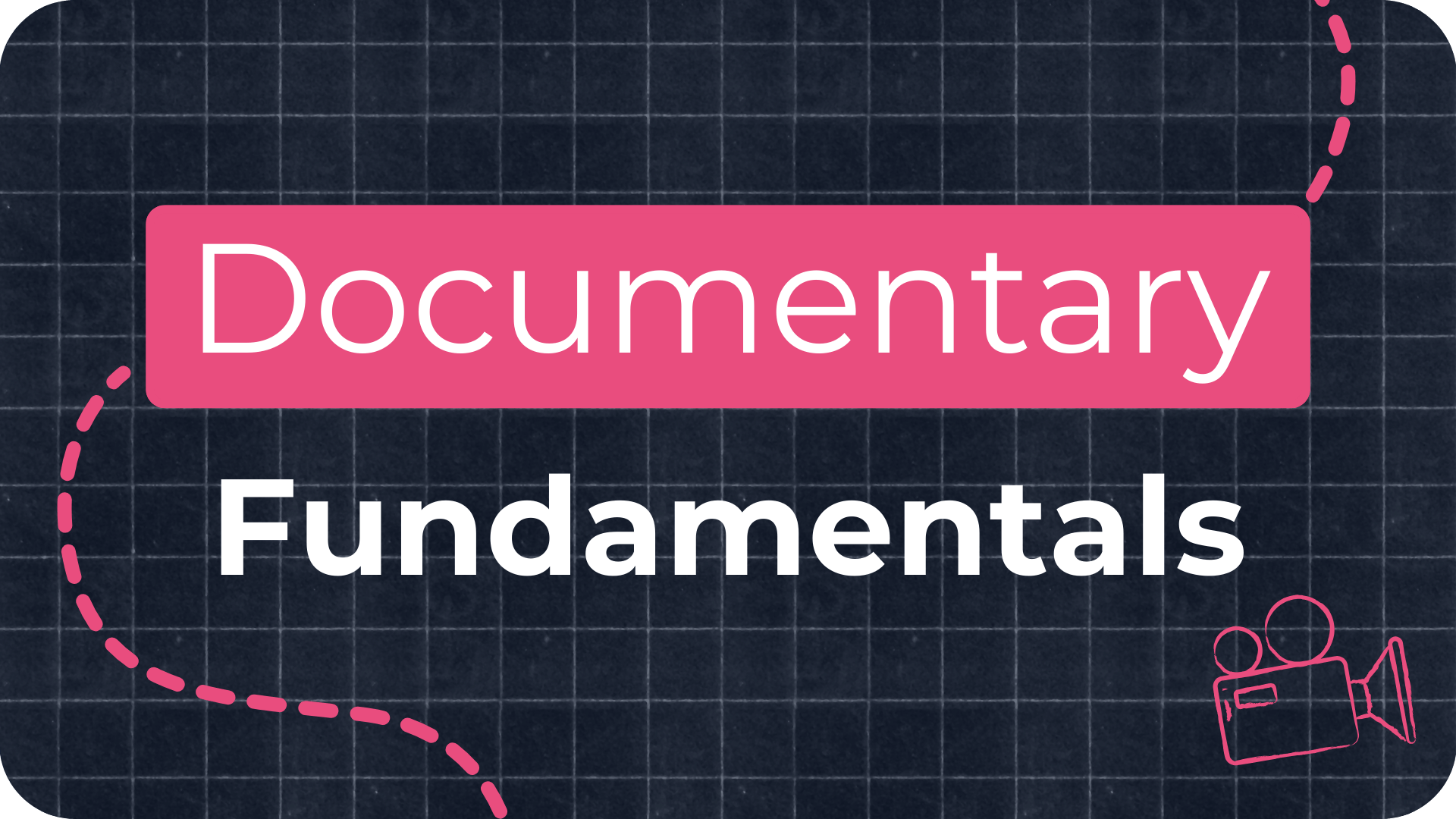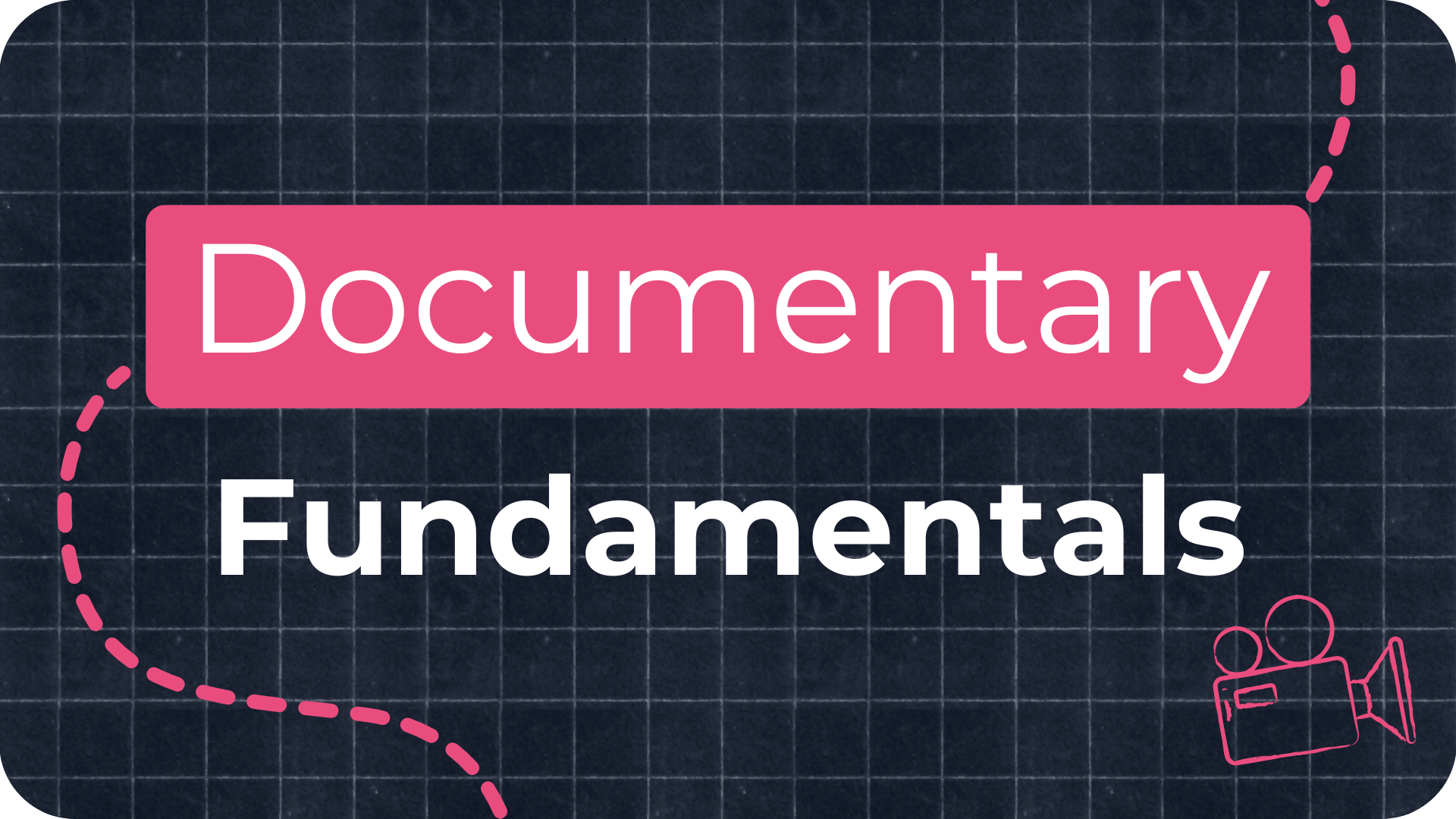Cinematic Camera Settings: A Checklist for Filmmakers

Struggling to get cinematic footage with your current camera settings?
You're not alone. Whether you're new to filmmaking or upgrading your gear, choosing the right camera settings can make or break your video. In this guide, you'll get a simple, repeatable checklist to help you shoot professional-looking footage with confidence.
Why Camera Settings Matter in Cinematic Filmmaking
Using the right camera settings isn’t about being fancy. It’s about:
-
Avoiding preventable mistakes (like running out of battery mid-shoot)
-
Saving hours in post-production
-
Getting that rich, cinematic video look straight out of camera
Here’s a breakdown of what to check before you hit record.
Cinematic Camera Settings Checklist
1. Batteries and SD Cards
Simple, but often forgotten.
-
Fully charge all batteries
-
Format your SD cards
-
Pack spares of both
No settings will help you if your gear won’t power on.

2. Resolution
Choose the highest quality your camera (and editing system) can handle.
-
HD (1080p): Fine for social media, fast workflows
-
4K: Better detail, more flexibility in post
-
8K: Ideal for reframing or cropping, but heavy on storage
If you can, shoot in 4K. It’s a good balance of quality and usability.

3. Frame Rate (fps)
This affects the motion and feel of your footage.
-
24 or 25fps: For a cinematic look
-
30fps: Sharper motion, often used in online content
-
60/120fps: For smooth slow-motion
-
1fps or below: For time-lapse
Pick your frame rate before you shoot. Mixing frame rates in post can get messy.
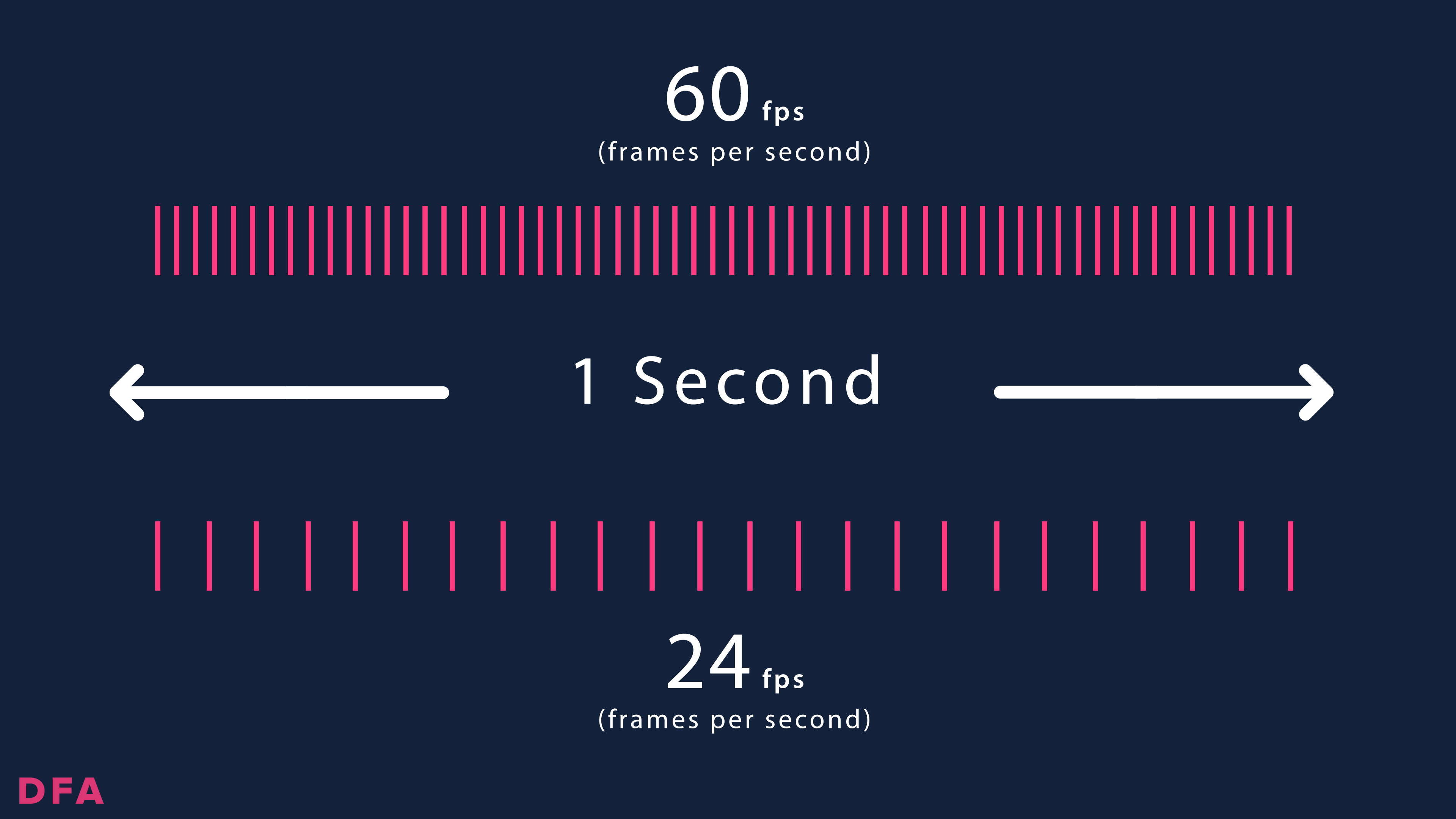
4. Aspect Ratio
Aspect ratio is the shape of your image. Set it based on where the video will be shown.
-
16:9: Standard for YouTube and most platforms
-
1.85:1: Wider, cinematic feel
-
9:16 or 1:1: For Instagram, TikTok, etc.
Choosing this early avoids re-editing later. I also include editing templates for common ratios in the Documentary Film Academy course.

5. White Balance
Lighting changes throughout the day. Your camera won’t always know what “white” is.
Set white balance manually or use presets:
-
Daylight
-
Tungsten
-
Cloudy
Manual settings give better results. It keeps your colours accurate and gives you flexibility in post.

6. Exposure Settings
Exposure is the balance of light in your shot. There are four ways to control it:
Aperture (f-stop)
Controls brightness and depth of field.
Lower f-stops (like f/2.8) blur the background, great for portraits.
Higher f-stops (like f/8) keep more of the image sharp, better for landscapes.
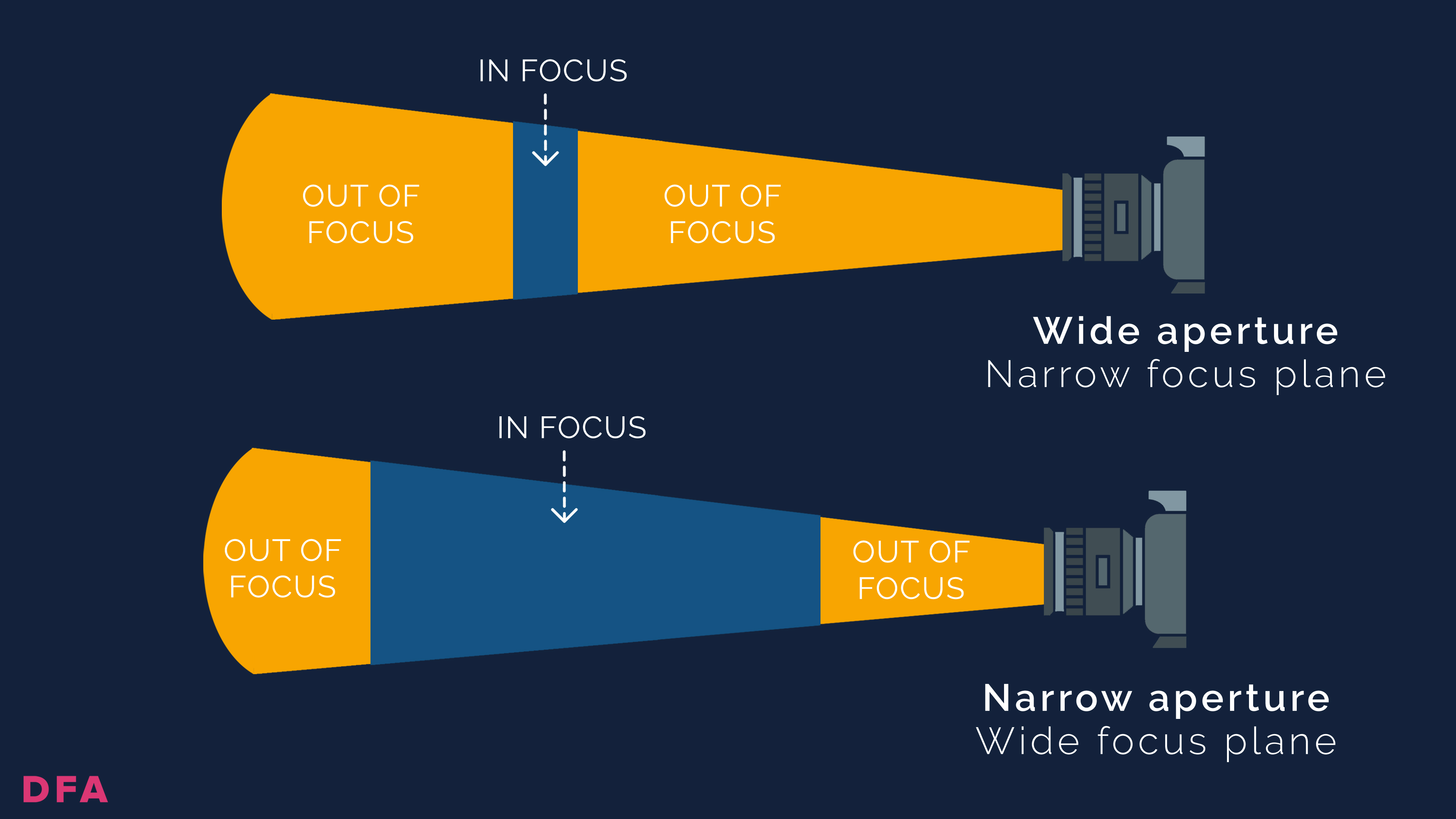
Shutter Speed
Affects motion blur.
Use the 180° rule: set shutter speed to double your frame rate (e.g. 1/50s for 25fps).

ISO
Controls light sensitivity.
Lower ISO = cleaner image.
Higher ISO = brighter image, but more grain.
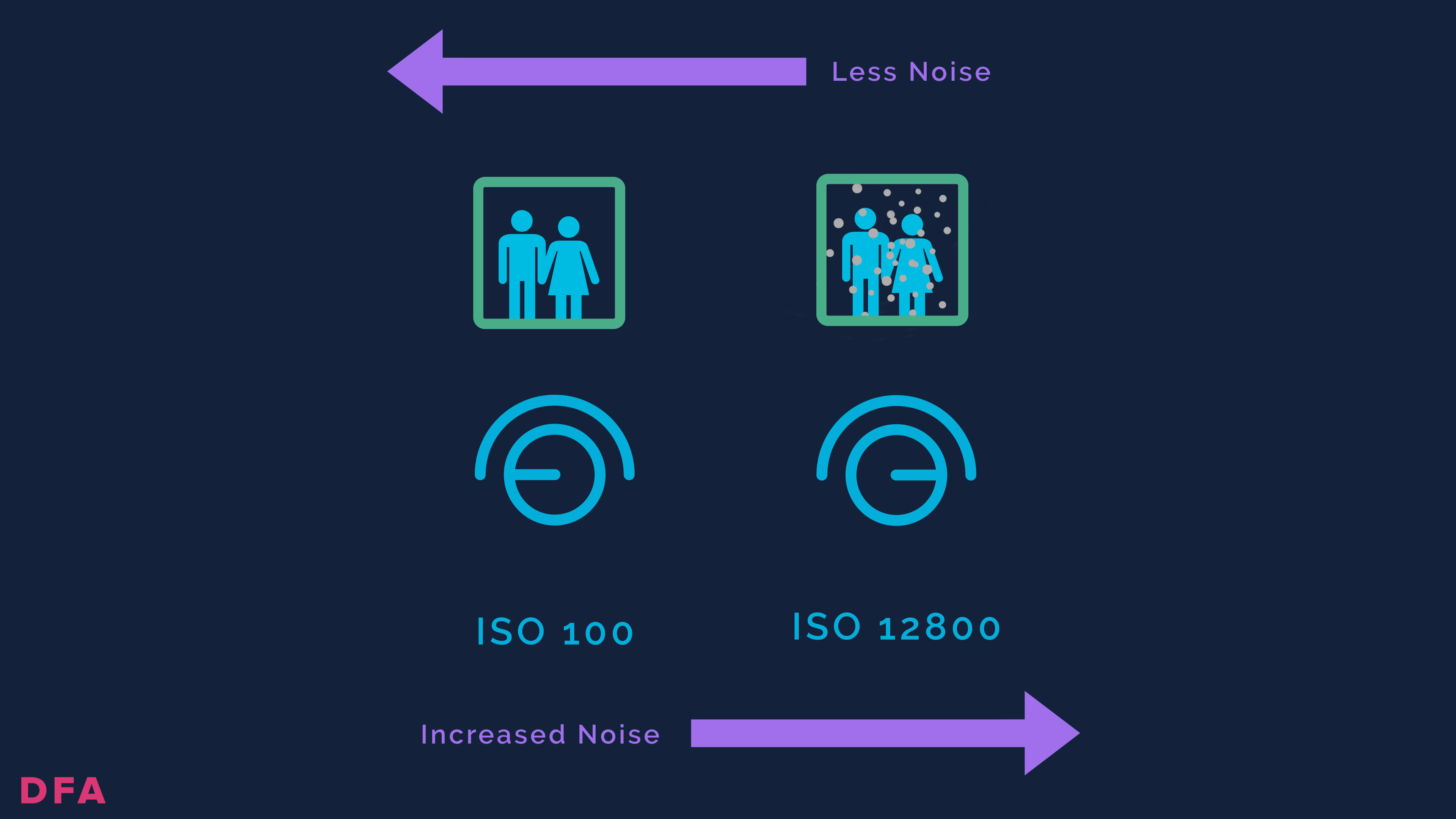
ND Filters
Use these to cut light without changing your exposure settings. Essential in bright outdoor scenes.

Practice Before Your Shoot
The best way to learn these settings is to test them. Go outside with your camera. Shoot the same scene at different times of day. Adjust your settings and review the results. The more you do this, the more confident you’ll get.
Free Checklist Download
Want this checklist as a PDF?
👉 Download the Cinematic Camera Settings Checklist
Keep it with you in your kit bag or camera notes.
Bonus Tips to Make Your Footage Look More Cinematic
Camera settings are only part of the story. Here are five more things that help:
Composition
Use the rule of thirds. Place your subject off-centre. Use leading lines and foreground elements to add depth.
👉 5 Rules of Composition (For Filmmakers)

Lighting
Soft light is more cinematic than harsh light. Use natural light, diffusers, or bounce boards where you can.
👉 Cinematic Lighting for Beginner Filmmakers
Color Grading
In post, colour grading sets the tone. Warm tones = nostalgic. Cool tones = moody. Use LUTs or grade manually.
Depth of Field
Use a wide aperture (low f-stop) to blur backgrounds and isolate your subject.
👉 How to Keep Your Subject in Focus When Filming Solo
Camera Movement
Use sliders, gimbals, or slow handheld moves. Keep it intentional. Even subtle movement adds energy.
👉 5 Essential Techniques to Make Your Film Cinematic

Final Thoughts
There’s no perfect setting. Every project, location, and story is different.
But if you follow this checklist, you’ll reduce mistakes, save time in post, and shoot more confidently—especially under pressure.
If you want step-by-step guidance and templates to help with gear, editing, or filming, check out the Documentary Fundamentals course inside the Documentary Film Academy.







